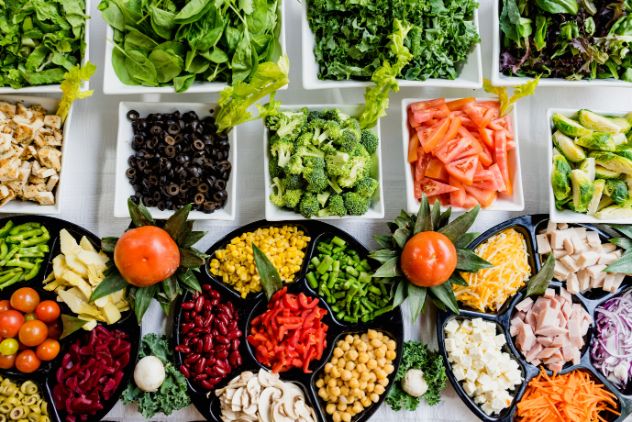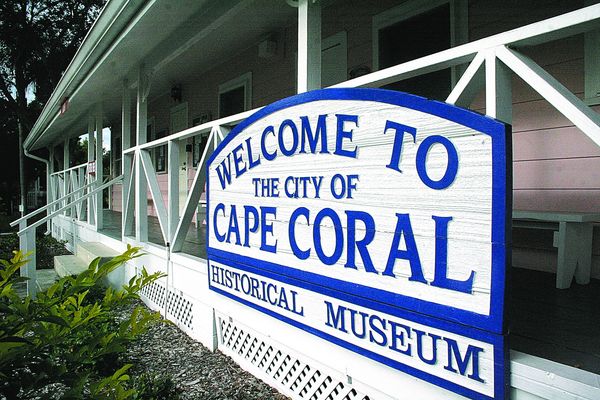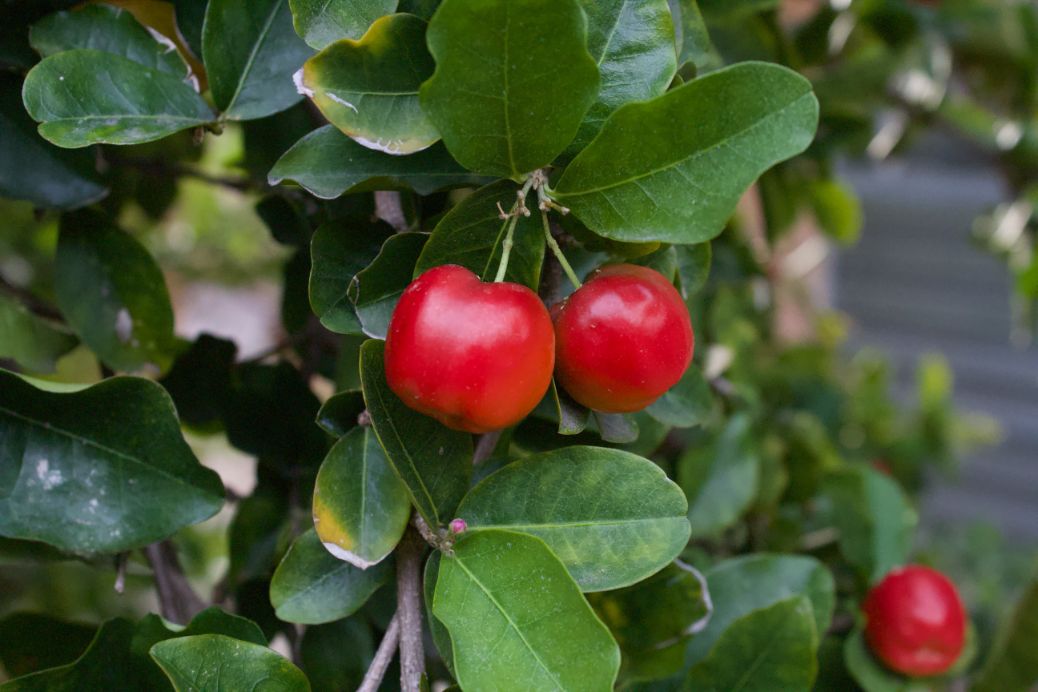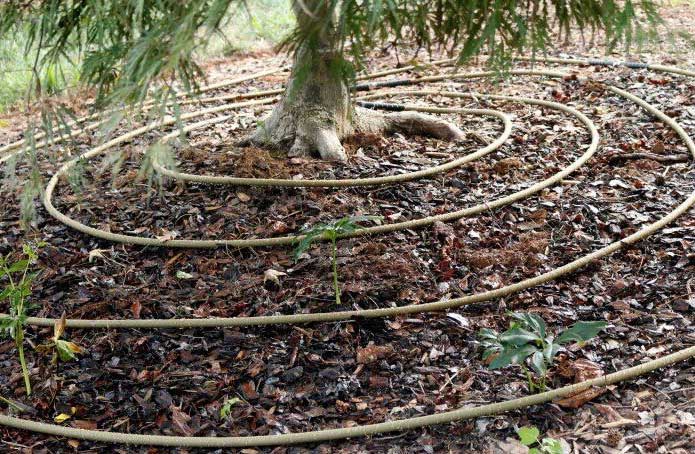Cultivate abundance: advancing food security through a local alliance
Mar 4, 2021
Lack of access to affordable, healthy food or food insecurity has exploded due to the multiple consequences of the COVID-19 pandemic. David Outerbridge, director of the University of Florida/Institute of Food and Agricultural Sciences (UF/IFAS) Extension, Lee County noted: with “Covid-19, school closings, and unemployment, we have seen a 500% increase in demand from food banks.”
In addition, 79% of Florida families report they supplement their food budgets by purchasing inexpensive, un-healthy food while 51% say they eat food beyond the expiration date (FeedingFlorida.org). Eating Well Magazine (March, 2021) reports that nutritious, healthy food can cost “six times more” than inexpensive, less nutritious alternatives.
At a time when food nutrition is critical for good health and disease resistance, those struggling financially are being forced to make difficult choices among nutrition, transportation to school and work, medical care and housing.
One innovative non-profit organization, Cultivate Abundance, is making a difference. Under the direction of Ellen and Rick Burnette and along with Immokalee residents and coworkers Lupita Vazquez and Helen Midney, Cultivate Abundance partners with the Immokalee farm worker community to “eliminate hunger and enable small-scale food production in vulnerable households and communities.”
As Rick Burnette recalls, “We were already aware of the ironic existence of the Immokalee food desert in a booming farm town. And as many Southwest Florida gardeners grow an abundance of fruit and other produce appreciated by the local farm worker community, we decided to find a way for an alliance of local gardeners, including churches and nonprofits, to channel their surplus food to Immokalee.”
After launching in 2017, the Burnettes began collaborating with Misión Peniel, an Immokalee-based nonprofit that operates a food pantry and provides social services for the local farm worker community. They cultivated other relationships with stakeholders focusing on food production. With assistance from the UF/IFAS Extension Collier County and the UF/IFAS Family Nutrition Program, Cultivate Abundance manages a donation garden on Misión Peniel property and grows additional food on the nearby Florida State University Health Education Site. In addition, Cultivate Abundance consults with another Immokalee community garden located on a farm worker residential housing facility.
This effort is a mutual alliance. Cultivate Abundance honors the “food knowledge and heritage of the local Haitian, Guatemalan,and Mexican communities by exchanging information and resources, such as seeds.” Many individuals and families supplement their own food needs and share surplus food with neighbors.
Rick noted, “By the end of 2020, collectively, we have grown and shared almost 19 tons of produce amounting to over 102,000 food servings among approximately 400 clients who visit Misión Peniel each week. This includes 93 crop varieties, as well as, fresh eggs. Thus far, over 32 sites including community gardens, church gardens, small farms and home gardens have grown and shared their food.”
Rick and Ellen have been moved by the community’s openness to collaboration, the mutual concern for others and the generosity of sharing knowledge and resources. They sincerely appreciate “the availability of all those involved and the shared humility towards learning and relearning.”
When asked about their wishes for the future health and vitality of this venture, Rick and Ellen stated, “First, we hope to see food insecurity eradicated in the Immokalee farm worker community through an array of solutions that include improved worker compensation, other economic opportunities and highly functional social services, so that no one is left behind. Related to social services, our second wish is for increased local food donations and productivity from Cultivate Abundance partners in Lee and Collier Counties, and elsewhere, to help meet local nutritional needs. Our third wish is that the diverse food cultures of Immokalee are highlighted and honored through the availability of traditional types of fruit and vegetables; some grown by Immokalee households and others produced and shared by their advocates.”
With these wishes in mind, we invite anyone who has an abundance of garden produce to share, to please consider donating to Cultivate Abundance. Additionally, if you would like to volunteer, please contact Rick at [email protected].
“If you can’t feed a hundred people, then just feed one.” — Mother Teresa
Wishing you happy and abundant gardening!
Deborah Haggett is a Lee County Master Gardener Volunteer and a member of the Garden Club of Cape Coral. Visit us at www.gardenclubofcapecoral.com
—
Black, J. (2021, March). The real cost of healthy food. Eating Well Magazine, 77-83.
Hunger and Nutrition: Healthy Communities Need Healthy Foods. (2021). FeedingFlorida.Org.




